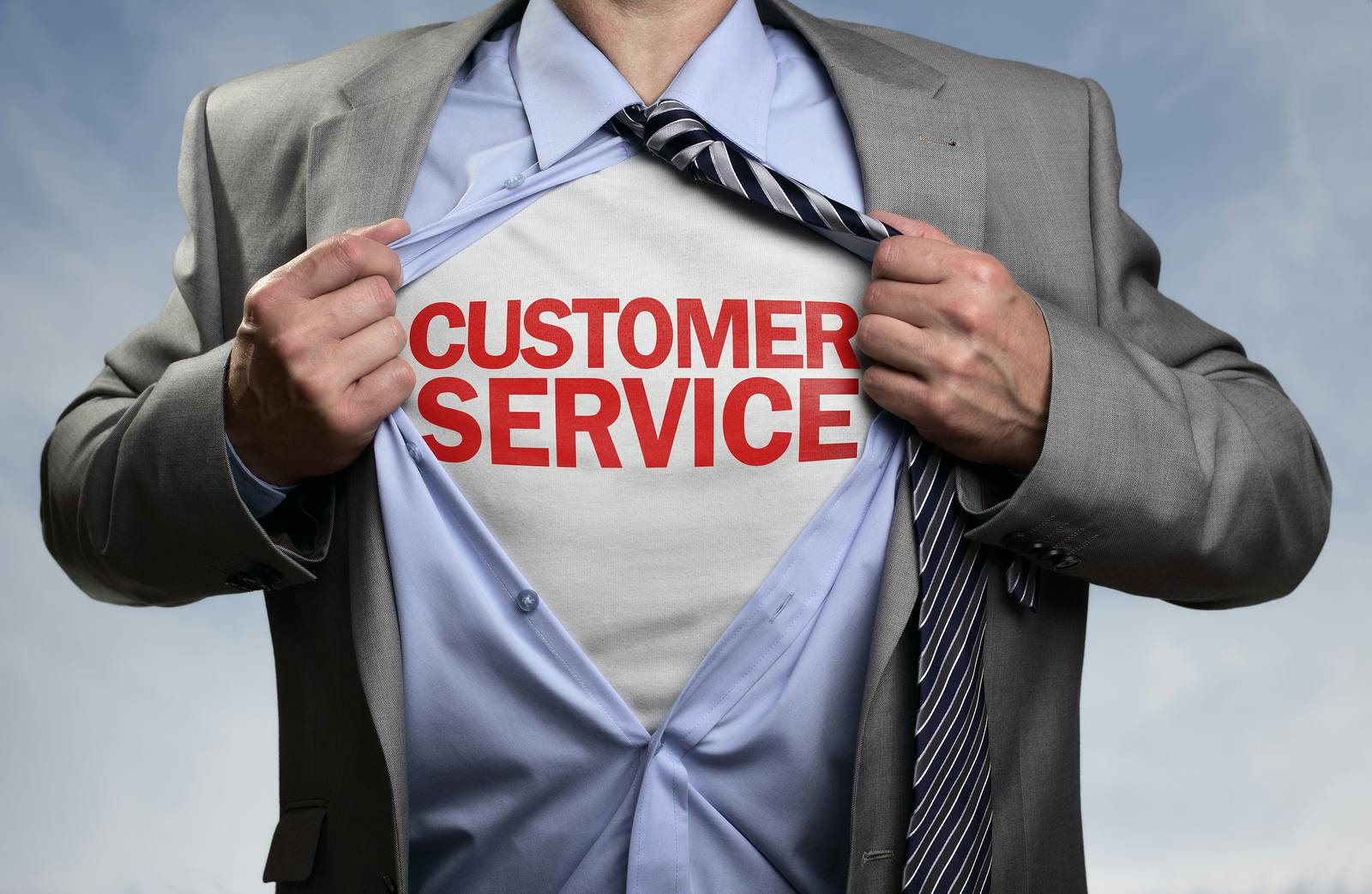Do you feel that your work is constantly shifting and changing?
I am sure that the answer is “yes” in most industries today. It is definitely true in healthcare and for all HR practitioners. We are being introduced to new technologies that bring new opportunities and challenges. The information stream is constant; we hear of ever-changing work environments with the application of digital capabilities. How do we structure our teams to operate in such environments?
As the director of HR technology at Novant Health, my team and I are continuously striving to optimize our tech stack in HR to provide consumer-grade experience to our customers. Recently, our HR technology team has been engaged with an initiative that is an effect of organizational transformation. We were challenged in delivering and executing a data related initiative we knew was not fully understood and may even even have provide conflicting information about what the customer intended.
There were strong opinions on the HR technology team as to why we should not execute this request. However, we knew that the business needed it. We discussed the pros and cons as a team, strategized on the outcomes and analyzed how to deliver the solution in the most optimal way. We regrouped, prepared, and moved forward ensuring delivery of what was asked, then took it a step further by:
- Ongoing consulting
- Assisting our customers in using the provided information properly
- Coordinating with other partners in a cross-functional environment
All this to ensure the setup was appropriate to our customer’s needs and to guarantee the optimal outcome the customer expected.
Customer-centricity strategies
So how do we embody customer-centricity as part of our service delivery?
This recent example directly relates to a customer-centric HR strategy that our team focuses on every time. In HR, we consider our customers to be all of our team members and candidates looking to join our organization. We strive to be adaptable to the ever-changing business needs of our customers. We’ve developed five strategies that guide our customer-centric operating model.
1. Understand how requests relate to the ever-changing business needs — Completing any initiative without clearly understanding its impact on the business will cause unintended outcomes. Engage your customers and focus on their goals and then apply solutions to ensure the business need is met. Connecting our work continuously to the business needs is imperative and helps us develop a broader vision to meet our customer’s.
2. Engage with your customer to understand the outcome they envision — When we understand how it affects the business, we need to decide how to support our customers to ensure their vision is met. It requires us to gain a deeper understanding of how our customers operate, the challenges they face and how this initiative will transform their work. Healthcare systems such as ours are matrixed organizations with numerous complex business units working in sync. To successfully deliver what our customer expects we engage with them to understand their operating model, their service delivery capabilities and the outcome they envision.
3. Identify the steps required to turn the initiative into reality and communicate clearly using multiple channels — Complex technology initiatives usually require strong cross-functional collaboration to deliver the right outcomes. Clearly outline a plan forward, ensure all the key stakeholders are included and brought to the table, then set clear expectations. Communication is essential. Sending an email or posting to a collaboration board may be overlooked and deemed insufficient, so we use every communication channel to ensure our customer has a clear understanding of what we are doing.
4. Meet your customers where they are — Ensure that the customers are comfortable with what is being delivered. Look past the business — and technical — jargon so the customer has a clear understanding of the delivery. Clarity helps avoid misunderstandings and opens the door for customers to ask questions to avoid something being missed. All of this is for the ultimate goal — to meet their business needs. Creating an environment that encourages questions and sharing perspectives ensures the end result is truly what’s needed. Our customers should always feel encouraged and comfortable voicing an opinion.
5. Swim out of your lane, taking it to the next level and ensuring that the business need is fully met — This is an essential step. As with many cross-functional initiatives, collaboration is essential. It is not sufficient to deliver only our own puzzle piece. Instead, always look at the whole, big-picture. That perspective may prompt alternatives or additions that better solve the business need. This requires us to be true partners, to use our knowledge gained from our connecting of the initiative to the business, to ensure that the whole cross-functional team delivers.
Customer-centricity requires adaptability and needs to be part of every team’s core competencies. As with all other services we, as consumers use, the services we deliver in HR to our own customers should meet those same expectations. In the new world of networks rather than hierarchies, communication and collaboration is the key that ensures our teams support the business needs. Customer-centricity needs to be a key component of every HR team’s strategy.
